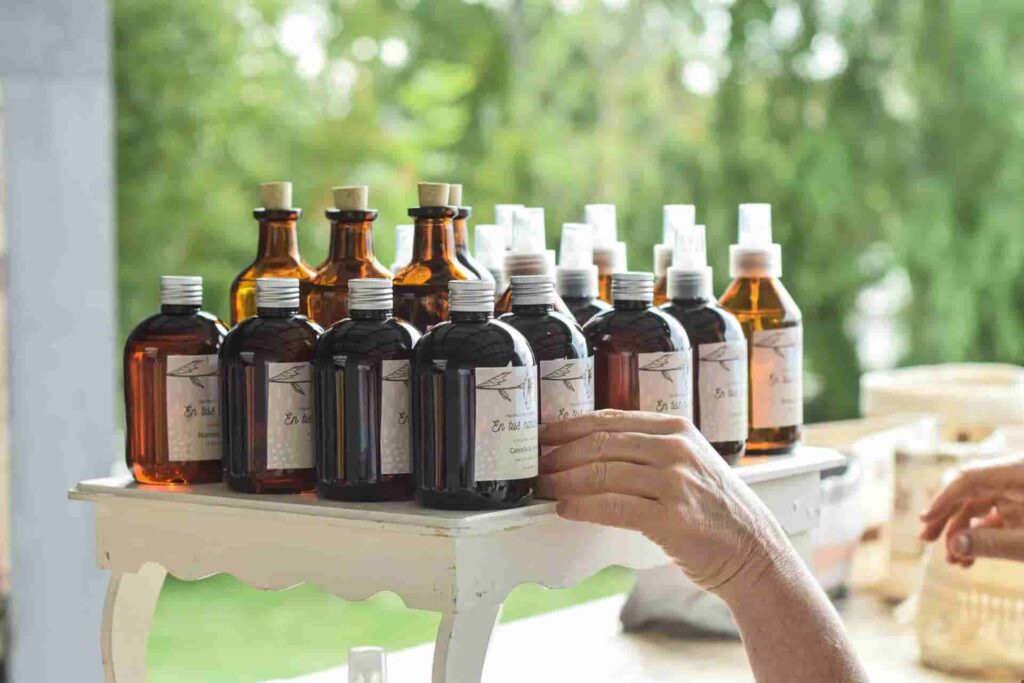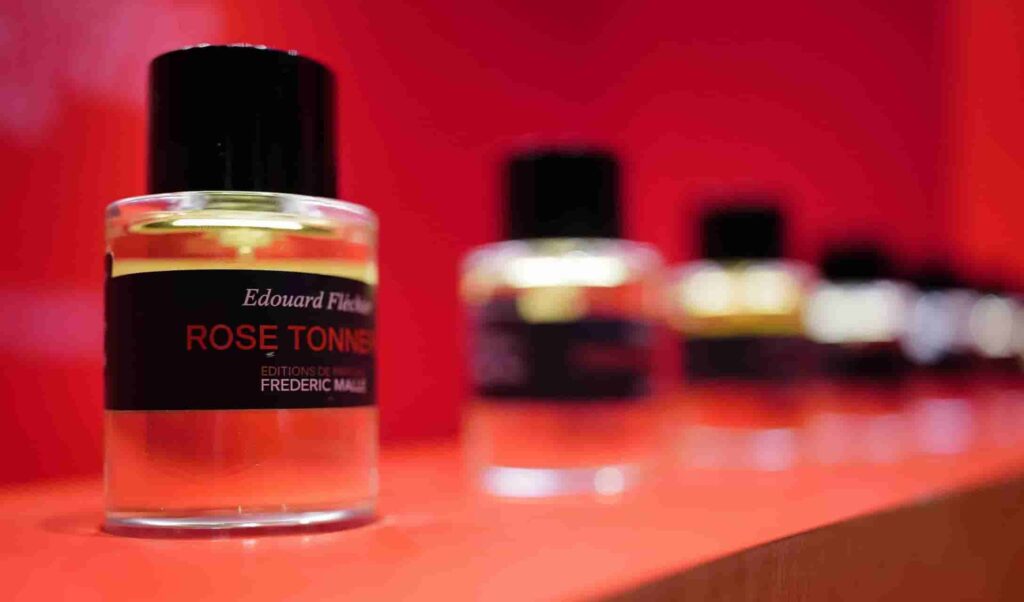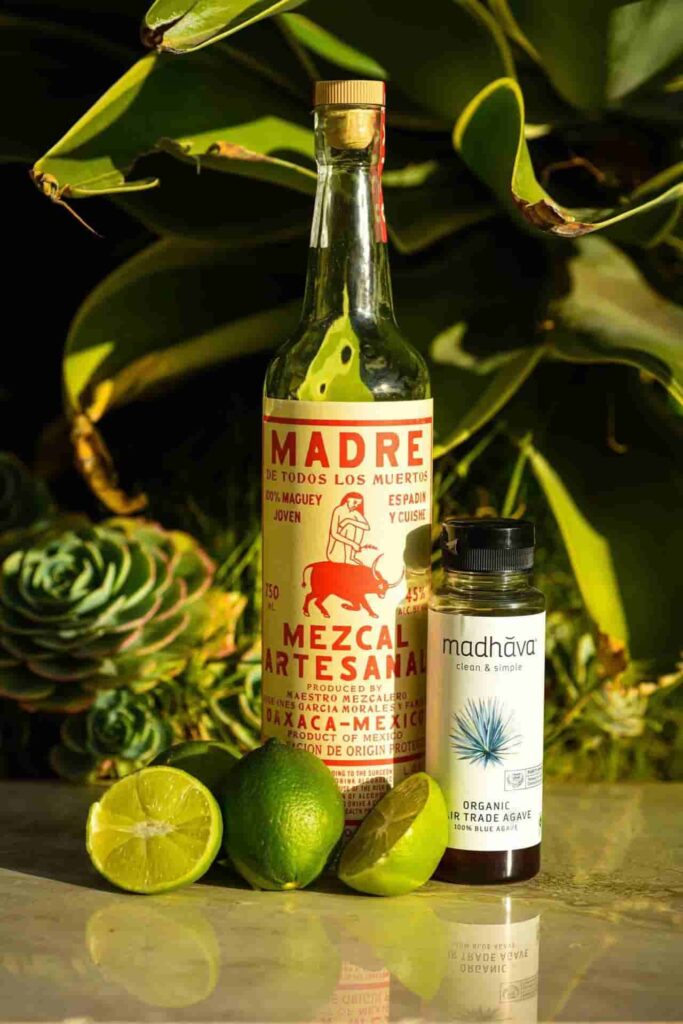Designing glass packaging for a new product is a multifaceted process. It combines creativity, practicality, and market understanding. Whether you are developing glass bottles with lids, glass jars, or other glass containers, a thoughtful design approach is crucial. This blog will guide you through the essential steps to design glass packaging that protects your product and enhances its appeal to consumers.
In today’s competitive market, the right packaging can make a significant difference. Glass packaging is known for its durability, aesthetic appeal, and sustainability. It offers unique advantages. However, designing effective glass packaging requires careful consideration of various factors. From understanding your product and market to ensuring functionality and compliance with regulations, each step is important.
We’ll explore the critical aspects of creating exceptional glass packaging. This includes aligning with your brand identity, making practical design choices, and leveraging consumer feedback. By the end of this guide, you’ll have a clear understanding of the steps involved in designing glass packaging. Our goal is to meet both your product’s needs and your customers’ expectations.
Table of Contents
ToggleCONTENTS LIST
Section 1 Understanding Your Product and Market
▶ Product Analysis: Before diving into the design process, it’s crucial to thoroughly understand your product. Consider the following questions:
○ What are the unique features and benefits of your product?
○ How fragile is it, and what kind of protection does it require?
○ What size and shape will best suit your product?
For instance, if you are designing glass bottles for a beverage, think about the volume, the type of beverage (wine, spirits, juices), and the storage conditions. If your product is a beauty serum, a glass jar with a lid might be more appropriate.
▶ Market Research: Understanding your target market is essential. Conduct thorough market research to gather insights about your potential customers. This includes:
○ Demographics: Who is your target audience? Consider age, gender, income level, and lifestyle.
○ Preferences: What packaging designs appeal to your target market? Do they prefer sleek and modern designs or something more traditional?
○ Buying Behaviors: What influences their purchasing decisions? Is sustainability a key factor?
▶ Competitor Analysis: Analyzing your competitors can provide valuable insights into what works and what doesn’t in your industry. Look at the packaging designs of leading brands in your market. Identify trends and gaps that you can exploit to differentiate your product. For example, if most competitors use plastic, positioning your product in eco-friendly glass containers could be a strong selling point.
Section 2 Defining Your Brand Identity
▶ Brand Values and Vision: Your packaging should reflect your brand’s values and vision. If your brand emphasizes sustainability, using recyclable glass materials can reinforce this message. If luxury is a key brand attribute, consider high-end glass finishes and sophisticated designs.
▶ Visual Identity: Choosing the right colors, fonts, and graphics is crucial for creating a cohesive visual identity. Colors can evoke specific emotions and associations. For example, green often symbolizes eco-friendliness, while gold can convey luxury. Fonts should be legible and align with your brand’s personality.
▶ Consistency: Maintaining consistency across all packaging elements is essential for building brand recognition. This includes the logo placement, color schemes, and overall design style. Consistency helps consumers easily identify your products on the shelf and builds trust in your brand.
Section 3 Functionality and Practicality
▶ Protection: The primary function of packaging is to protect the product. Glass packaging, such as glass bottles or jars, offers excellent protection against environmental factors. Ensure that your packaging is durable and provides adequate protection during transportation and storage. For instance, glass jars with lids should seal tightly to preserve the product’s freshness.
▶ Ease of Use: Packaging should be user-friendly. Consider how consumers will open, use, and store your product. Glass bottles with easy-to-open lids or glass jars with ergonomic designs can enhance the user experience. Ensure that your packaging is not only visually appealing but also practical for everyday use.
▶ Sustainability: Sustainability is increasingly important to consumers. Glass is a recyclable material, making it an eco-friendly choice. Highlight the sustainability of your packaging in your marketing to attract environmentally conscious consumers. Consider using recycled glass materials or designing reusable glass containers to further enhance your product’s eco-friendliness.
Section 4 Aesthetic Appeal
▶ Design Elements: Visual appeal is crucial for attracting consumers. Use high-quality images, attractive typography, and a well-thought-out layout to create a compelling design. For example, if you are designing packaging for a premium wine bottle, a minimalist design with elegant typography and subtle graphics can convey sophistication.
▶ Color Psychology: Colors play a significant role in influencing consumer behavior. Different colors evoke different emotions and perceptions. For instance:
○ Blue can create a sense of trust and dependability.
○ Red can evoke excitement and urgency.
○ Green is often associated with health and sustainability.
▶ Packaging Shapes and Materials: Innovative shapes and materials can make your product stand out. Glass packaging offers versatility in shapes and sizes. Consider unique bottle shapes for beverages or distinctive glass jar designs for food products. Using high-quality glass materials can enhance the perceived value of your product.
Section 5 Compliance and Regulations
▶ Legal Requirements: Adhering to packaging regulations and standards is crucial. Ensure that your packaging complies with all relevant laws, including labeling requirements, safety standards, and environmental regulations. This is especially important for products such as food and beverages, where strict regulations apply.
▶ Labeling: Clear and accurate labeling is essential for informing consumers and ensuring compliance. Include all necessary information such as ingredients, usage instructions, and safety warnings. For instance, a glass jar of honey should clearly list ingredients and any allergen information.
Section 6 Prototyping and Testing
▶ Prototype Development: Creating prototypes allows you to test and refine your packaging design. Develop multiple prototypes to explore different design options and functionalities. For example, you could create several versions of a glass bottle with different lid designs to determine which is most user-friendly.
▶ Iterative Design: Packaging design is an iterative process. Use feedback from consumer testing to refine your design. This may involve making changes to the shape, size, materials, or graphics of your packaging. The goal is to continuously improve the design until it meets all functional and aesthetic requirements.
▶ Consumer Testing: Conducting consumer testing can provide valuable feedback on your packaging design. Gather input from a diverse group of potential customers to understand their preferences and pain points. Use this feedback to make informed design improvements.
Section 7 Cost Considerations
▶ Budgeting: Setting a budget for your packaging design and production is essential. Consider all costs, including materials, production, and logistics. Balancing quality with cost-effectiveness is crucial. For instance, while premium glass packaging may be more expensive, it can also justify a higher product price.
▶ Material Costs: Choose materials that align with your budget without compromising quality. Glass is available in various grades and finishes, allowing you to select options that meet your financial constraints. For example, recycled glass may be a cost-effective and sustainable choice.
▶ Production and Logistics: Consider production and logistics costs in your overall packaging strategy. Efficient packaging design can reduce shipping costs and improve storage efficiency. For example, stackable glass jars can optimize storage space and reduce transportation costs.
Section 8 Finalizing the Design
▶ Approval Process: Once the design is finalized, it needs to go through an approval process. This involves getting feedback from key stakeholders, including marketing, production, and legal teams. Ensure that all aspects of the design meet the necessary requirements before moving to production.
▶ Launch Preparation: Preparing for the product launch involves several steps:
○ Marketing and Promotion: Develop marketing materials that highlight the unique features of your glass packaging. Use high-quality images and compelling messaging to attract consumers.
○ Distribution: Plan the distribution strategy to ensure your product reaches the market efficiently.
Conclusion
Creating effective glass packaging for a new product requires balancing multiple factors. These include aesthetics, functionality, and market demands. By following a structured approach, you can develop packaging that protects your product and enhances its appeal. Glass packaging is durable, eco-friendly, and has a premium look. Whether it’s glass bottles with lids, glass jars, or other glass containers, a well-designed package can make a big impact. Ensure your packaging aligns with your brand, offers a good user experience, and complies with regulations.
Focus on these essential aspects to create glass packaging that captures consumer attention and builds brand loyalty. At Smilebottles, we offer high-quality glass packaging solutions. Reach out to us to discover how we can support your packaging needs and help your product stand out.















